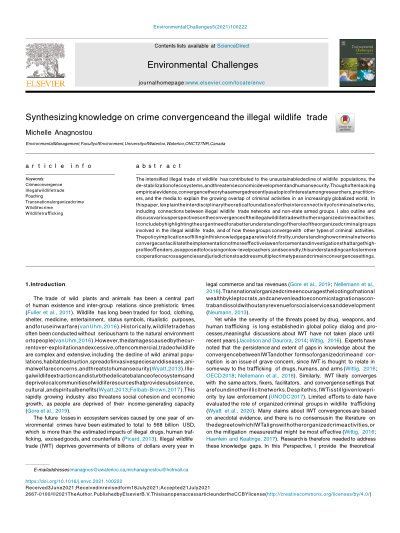By Teun van Ruitenburg
This book is about the concerns and unremitting attempts of Dutch state authorities to control and raise barriers against outlaw motorcycle gangs.It discusses why and how Dutch mayors go to great lengths to prevent the settlement of outlaw motorcycle gangs in clubhouses and bars in their cities; how private actors are urged to prevent members from wearing their vests during events; how state authorities look for ways to divert members away from civil service and private security companies; how the Dutch National Police attempt to frustrate the internal cohesiveness of outlaw motorcycle gangs through criminal investigations; and why the Dutch courts recently banned a number of clubs at the request of the Public Prosecution Service. In the attempt to describe, understand and explain this approach, this thesis builds on the work of several scholars who all in their own way characterized contemporary society by the efforts to prevent crime in the earliest stages possible,which attempts are inherently coupled with a focus on the ‘future’, ‘threats’, ‘dangers’, ‘indicators’, ‘barriers’ and ‘risks’. Today, there is indeed hardly an escape from crime control initiatives that are centred around risk prevention. Following up on the recommendations of the Financial Action Task Force (FATF), national governments are bound to take on a risk-based approach and to map the indicators and risk to prevent money laundering and terrorism financing. To do so, legal entities are monitored for suspicious patterns on the basis of predetermined risk profiles, which also includes a thorough background check of the director(s) of the company and his or her family members. The municipality of Amsterdam together with authorities such as the Financial Intelligence Unit (FIU) recently came up with what was called a ‘new barrier’ in the fight against criminal money in the hotel and catering industry. The municipality started to decline permits for restaurants and pubs in cases where the applicant was not able to prove a legal origin of his investment money. To give a different example, whether or not a mentally disordered detainee is allowed to go on parole also depends on the outcome of a recidivism risk assessment. Increasingly, researchers are powering this risk-based approach by researching and validating the potential indicators for organized crime, which is intended to help law enforcement agencies in preventing crime more effectively. Departing from this context, this study aims to understand the attempts of the Dutch government to control the risk(s) of outlaw motorcycle gangs. What is unique to this empirical study, however, is that aside from today’s approach to outlaw motorcycle gangs, it also digs into the Dutch approach to outlaw motorcycle gangs in the past, and subsequently how this past connects with the present. By conducting a social constructivist analysis through time, we will learn that the approach to outlaw motorcycle gangs has made a 180-degree turn, which in general terms involved a shift from inclusion in the 1970sto exclusion in present times. I will show that this development was indeed influenced by the continuous pursuit to free society from crime or risks by raising technical, cost-effective, and preventive barriers. However, my key argument is to suggest that the risk thesis only serves one part of the explanation. Today’s efforts to raise preventive barriers against outlaw motorcycle gangs must not be solely explained by the urge to prevent crime, but also as a way to mark the moral boundaries of society. Therefore, the barriers raised, as I suggest herein, are best described as ‘moral barriers’. This conclusion is fuelled by the finding that ‘the’ outlaw motorcycle gang is not only understood by law enforcement agencies as a risk factor for future criminal activities. Also the mere existence of the phenomenon in the present is deemed to have an undermining effect on the norms, rules, laws, and authorities of the democratic state. By providing this in-depth view of the Dutch approach to outlaw motorcycle gangs, I hope to spark the attention of any student eager to learn more about crime control in general, of the researcher involved in researching (the approach to) outlaw motorcycle gangs, and the law enforcement official directly involved in fighting the crimes committed by members of outlaw motorcycle gangs. In doing so, I above all hope to shed a new light on a much discussed and very interesting topic.
The Hague: Eleven International Publishing, 2020. 426p.





















